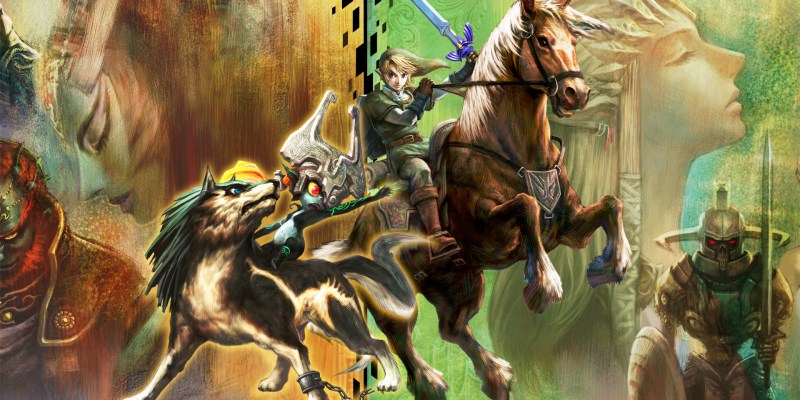One of Nintendo’s most enduring and successful franchises is The Legend of Zelda, which boasts an extensive number of games. Over the years, many of the most beloved games in the series have received full remakes.
Created in 1986 by Shigeru Miyamoto and Takashi Tezuka, the series primarily takes place in the medieval fantasy realm of Hyrule, with the sword-wielding hero Link taking on the forces of evil to rescue Princess Zelda and defend the kingdom. Across so many titles in the interim decades, remakes of classic titles take advantage of advances in gaming technology and present them to new audiences.
The Legend of Zelda games have been sporadically remade by Nintendo since 1998, with the series receiving more remakes than any other Nintendo property to date. Here are all the Legend of Zelda remakes ranked from worst to best and how they retained what made the original games so great while reinventing them for modern sensibilities.
9. The Legend of Zelda: Majora’s Mask 3D

The 2000 Nintendo 64 classic The Legend of Zelda: Majora’s Mask is the franchise’s sadder and stranger follow-up to its immediate predecessor, The Legend of Zelda: Ocarina of Time. After Ocarina of Time received an acclaimed remake for the Nintendo 3DS, fans successfully petitioned Nintendo for Majora’s Mask to get its own remake on the handheld console. Released in 2015 to coincide with the original game’s 15th anniversary, The Legend of Zelda: Majora’s Mask 3D features several quality-of-life enhancements and additional modes.
Compared to Ocarina of Time 3D, Majora’s Mask 3D feels like a noticeably rushed follow-up, not unlike how the original Majora’s Mask feels in contrast to Ocarina of Time in retrospect. The improved saving mechanics and time navigation are definitely welcome changes, but the whole affair feels largely uninspired, with even its boss rush mode coming off as tacked-on. Majora’s Mask 3D isn’t a bad game – it just feels like the closest Nintendo has gotten to phoning it in with a Zelda remake.
8. The Legend of Zelda: A Link to the Past (2002)
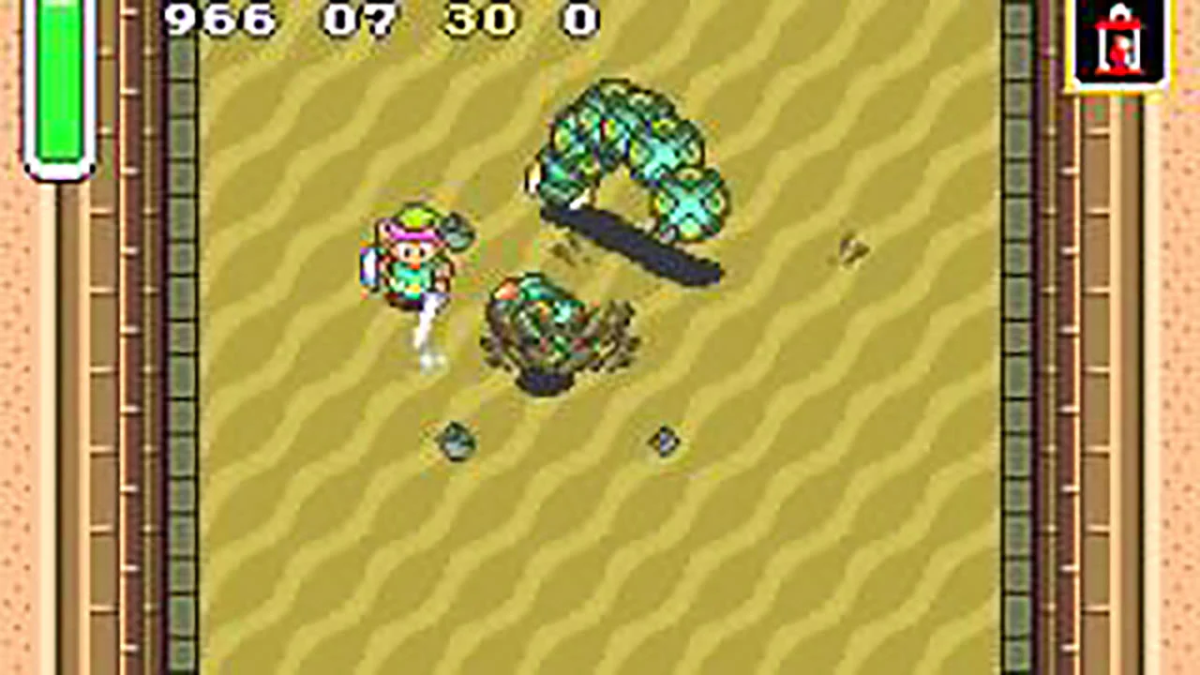
1991’s The Legend of Zelda: A Link to the Past is not only one of the greatest games in the series, it’s among the best games ever released for the Super Nintendo. The game received a handheld remake for the Game Boy Advance in 2002, recreating the game but also adding a bonus all-new title to it, Four Swords. Four Swords has up to four players join together via the GBA’s link cable accessory and venture into randomly generated dungeons.
The biggest addition to A Link to the Past from the original is that swordplay techniques learned in Four Swords then carry over to A Link to the Past and vice versa. After completing Four Swords, A Link to the Past receives a unique dungeon, the Palace of the Four Sword. However, Four Swords needs at least one additional player to access it, making the link cable an annoying necessity for the experience. The remake itself isn’t a huge leap from the presentation on the SNES, but an enhanced reminder of why A Link to the Past is such a classic.
7. The Legend of Zelda: Twilight Princess HD
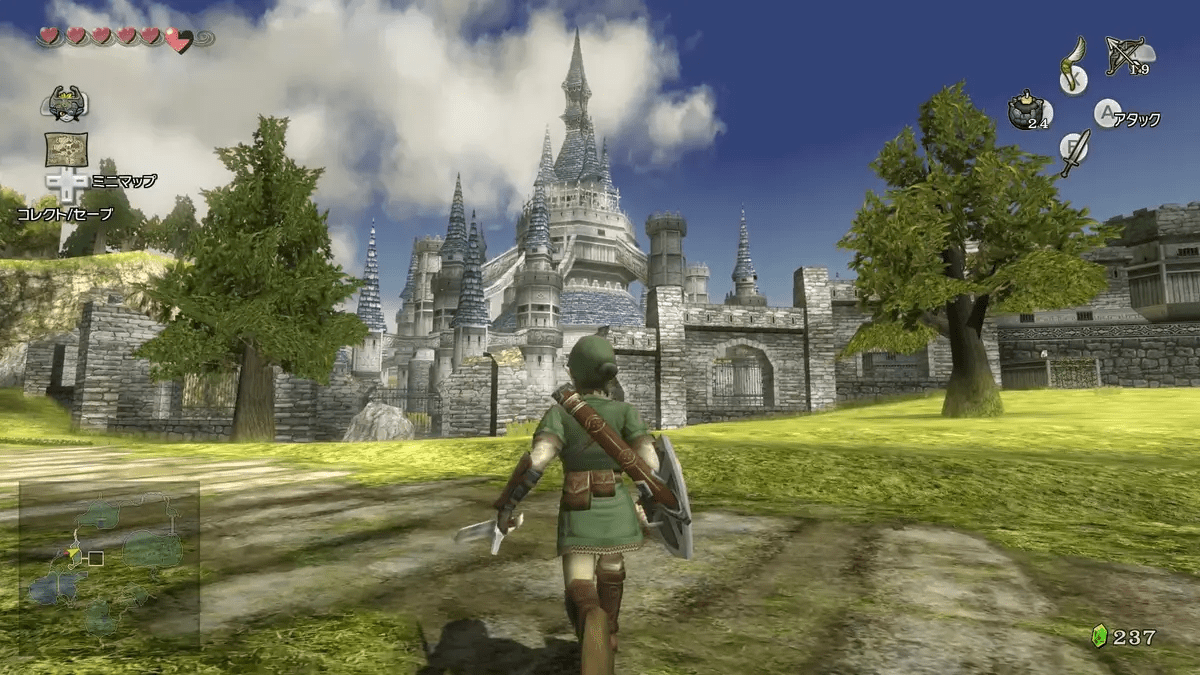
2006’s The Legend of Zelda: Twilight Princess was an effort for the franchise to return to darker fantasy tones than more all-age friendly installments released since 2000’s Majora’s Mask. Launched for both the GameCube and Wii, the game had Link travel between Hyrule and the Twilight Realm, transforming into a wolf whether he ventured into the shadowy world. After the success of The Legend of Zelda: The Wind Waker HD, Nintendo similarly produced a high-definition remake of Twilight Princess for the Wii U in 2016.
In addition to its upgraded technical presentation, Twilight Princess HD streamlined some elements of the game considered overly tedious, including item collection and extended cutscenes. With Amiibo figurines becoming a major commercial success for Nintendo, Twilight Princess HD added Amiibo functionality and the Cave of Shadows gameplay mode, intended to carry data over to the then-upcoming The Legend of Zelda: Breath of the Wild. All in all, Twilight Princess HD is a solid remake – it just feels a bit rushed and nowhere near as thoughtfully crafted as The Wind Waker HD.
6. The Legend of Zelda: Link’s Awakening DX

The first true Zelda remake is 1998’s The Legend of Zelda: Link’s Awakening DX for the Game Boy Color. More than just converting the monochromatic presentation of the 1993 original game into full color to live up to Game Boy Color’s key feature, Link’s Awakening subtly improved the graphics and added some content to the game. Most notably, DX added the color dungeon, an optional dungeon within Koholint Island’s cemetery that granted Link a choice between a red and blue tunic, which improved his abilities for the rest of the game.
Link’s Awakening DX effectively works under the assumption that if a game ain’t particularly broke, then don’t fix it. Everything that made the original Link’s Awakening so great is still present here, with all the changes additive to the classic experience. The biggest drawback is that the color dungeon isn’t a huge addition to the game, and in order to switch between the blue and red tunic, the player must revisit the dungeon in a gently tedious twist.
5. The Legend of Zelda: Skyward Sword HD
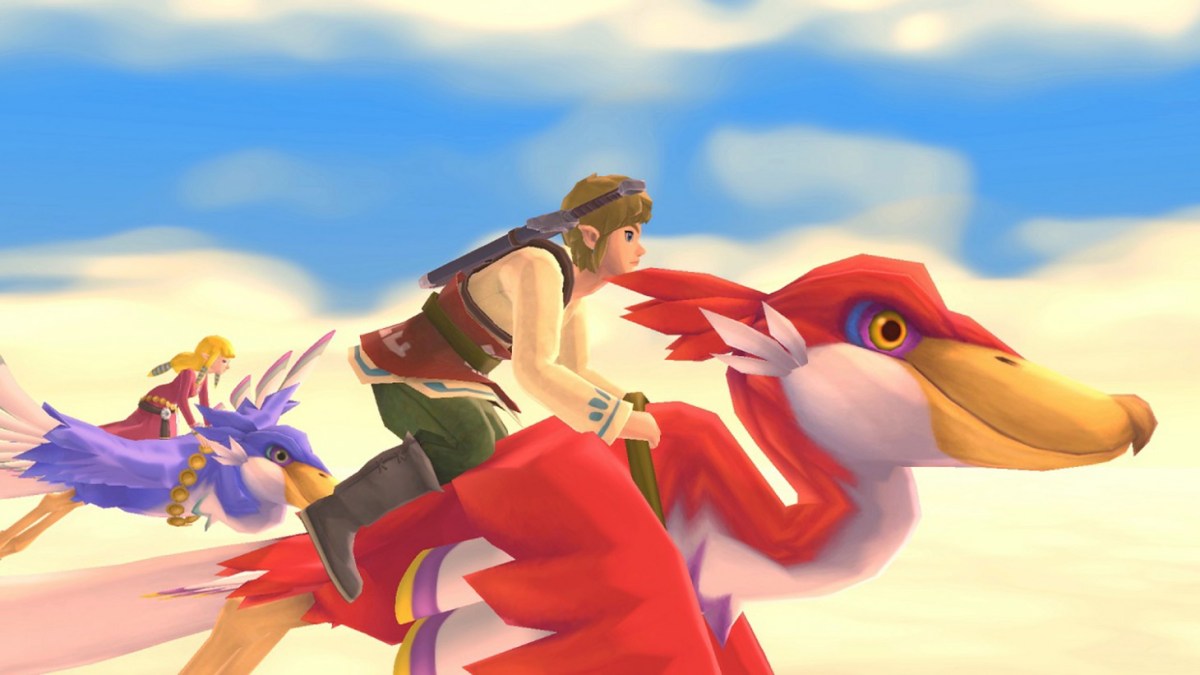
To improve the motion controls on the Wii, Nintendo developed the Wii MotionPlus peripheral, which is attached to the Wii Remote to better read player movements. Perhaps the most prominent game to utilize this hardware was 2011’s The Legend of Zelda: Skyward Sword, with limited edition sets coming bundled with the peripheral. Taking at the beginning of the franchise’s timeline, the game reveals the origins of the mythical Master Sword as the Link of this era defends the stratospheric kingdom of Skyloft, a precursor to Hyrule.
To help commemorate the 10th anniversary of Skyward Sword, Nintendo released a high-definition remake for the Nintendo Switch in 2021. The Legend of Zelda: Skyward Sword HD doesn’t offer much by way of new content from the original, just plenty of quality-of-life improvements in addition to its updated presentation. Still, the higher frame rate, upgraded visuals and sound, an autosave feature, and ability to skip cutscenes do make the HD edition the superior version of the game.
4. The Legend of Zelda: Ocarina of Time – Master Quest

With 1998’s The Legend of Zelda: Ocarina of Time an unmitigated success for the Nintendo 64, plans for an enhanced edition of the game began less than a year after its release. These plans culminated in The Legend of Zelda: Ocarina of Time – Master Quest, released in 2002 for the GameCube. Upgraded with a slightly improved technical presentation thanks to the GameCube’s more advanced hardware, the biggest feature in the title was its alternate single-player campaign, the Master Quest.
In this mode, the dungeons and puzzles were remixed to make the experience feel fresh and new again, while the overall difficulty was heightened to provide even veteran players with a greater challenge. For fans looking for the most faithful remake of the original, with the added bonus of Master Quest, the GameCube port, the 2002 title is as good as it gets. However, there is a remake of Ocarina of Time that takes even bigger creative swings by reinventing the classic game and taking greater advantage of contemporary hardware advances.
3. The Legend of Zelda: Ocarina of Time 3D
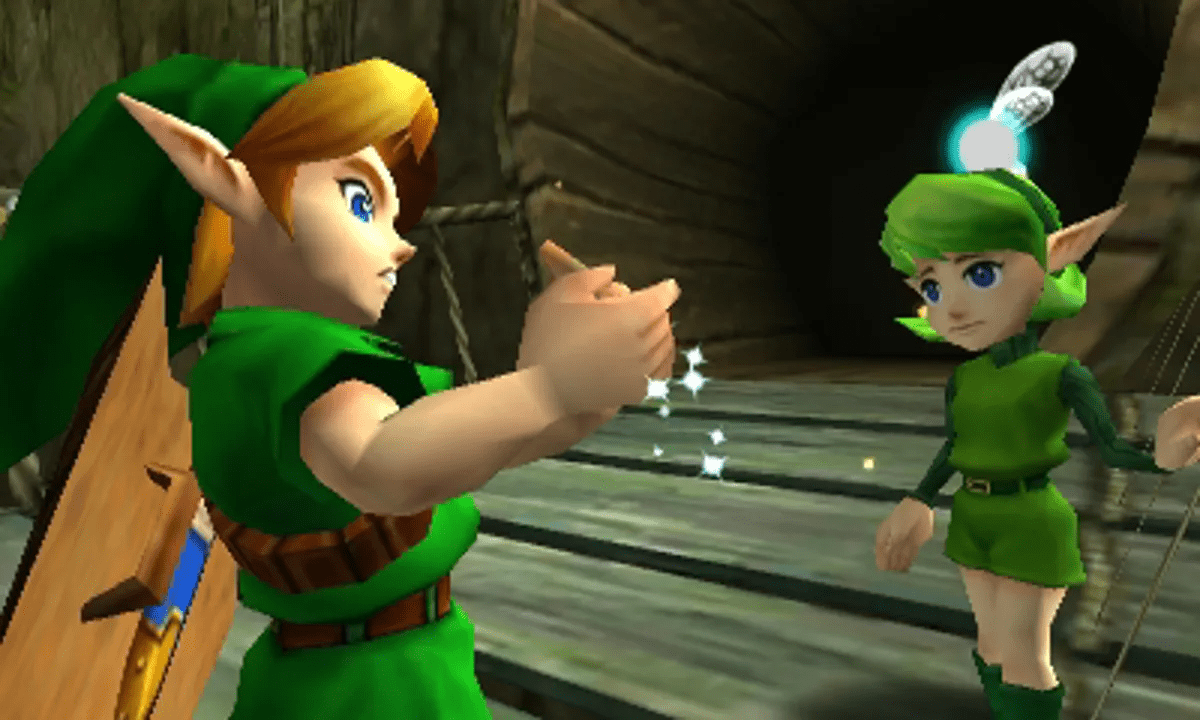
Almost a full decade after releasing Master Quest, Nintendo remade Ocarina of Time again for The Legend of Zelda: Ocarina of Time 3D for the Nintendo 3DS in 2011. This new edition retained both the original single-player campaign and Master Quest, along with an added boss rush mode. Built from the ground up for the 3DS hardware, this edition has an improved graphical presentation and sound design, along with the 3DS’ touchscreen and signature gyroscopic 3D display.
Ocarina of Time 3D does feature a slightly different animation style than previous editions of the game, which may cause purists to bristle, but it’s still immediately recognizable as Zelda and not a complete departure. 3D also brings some quality of life changes, including a more intuitive inventory system and navigation, especially around the game’s notorious Water Temple. Ocarina of Time 3D is the most enhanced edition of the game to date and a must-have for 3DS owners.
2. The Legend of Zelda: Link’s Awakening (2019)
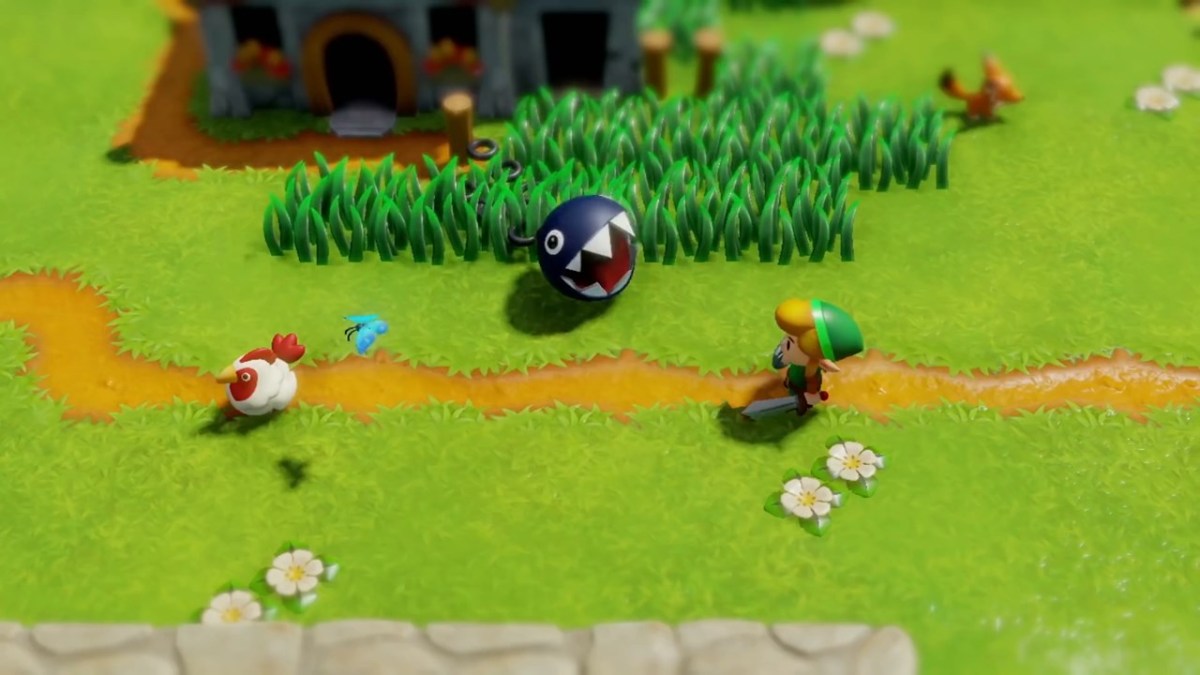
Link’s Awakening is one of the few Zelda games to get the remake treatment twice, with the game rebuilt from the ground up in high definition for the Nintendo Switch in 2019. Though the game utilizes a different art style, it evokes the rounded designs from the Game Boy original, along with isometric gameplay mechanics. The game itself retains all content from the original and DX editions of the game, even the overt nods to other Nintendo properties that made Link’s Awakening such a quirky favorite upon its initial launch in 1993.
The cartoonish animation style for Link’s Awakening HD might not be everybody’s cup of tea, but it is functionally the same game, by and large, as DX, gorgeously brought to life for the Switch. More questionable is the slightly hazy presentation that the visuals take at times on the borders, presumably to keep players focused on Link himself. Breathing fresh life into a decades-old title, hopefully, Nintendo gives its vast library of handheld Zelda games similar treatment in the future.
1. The Legend of Zelda: The Wind Waker HD
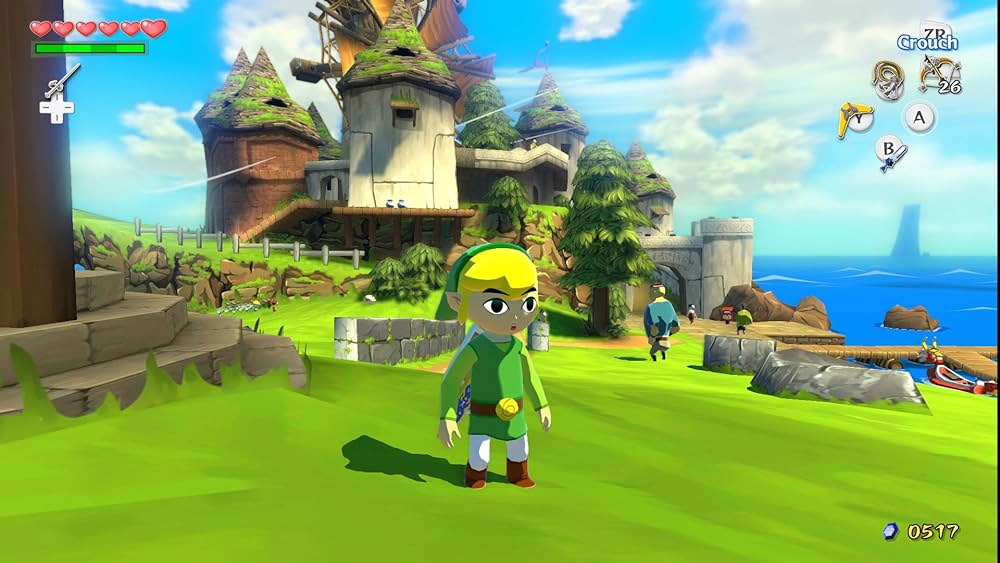
When The Legend of Zelda: The Wind Waker was first released for the GameCube in 2002, fans were divided over its cel-shaded animation style, with some feeling it was overly childish. Over the subsequent years, fans have rightfully gotten over these superficial hang-ups and reappraised The Wind Waker as a bonafide classic. Over a decade later, Nintendo remade the game for the Wii U, its first ever high-definition console, with 2013’s The Legend of Zelda: The Wind Waker HD.
More than just boasting high-definition visuals and sound design, the 2013 version takes advantage of the Wii U GamePad to streamline the inventory system and optional aiming with the GamePad’s gyroscopic capabilities. Other gameplay features, like sailing speed, the Picto Box, and Tingle Tuner, have been modified for modern audiences. The Wind Waker HD is the definitive way to play the game, and its continued omission on the Nintendo Switch is one of Nintendo’s more puzzling decisions in the wake of it re-releasing other Wii U titles for the more successful console.
